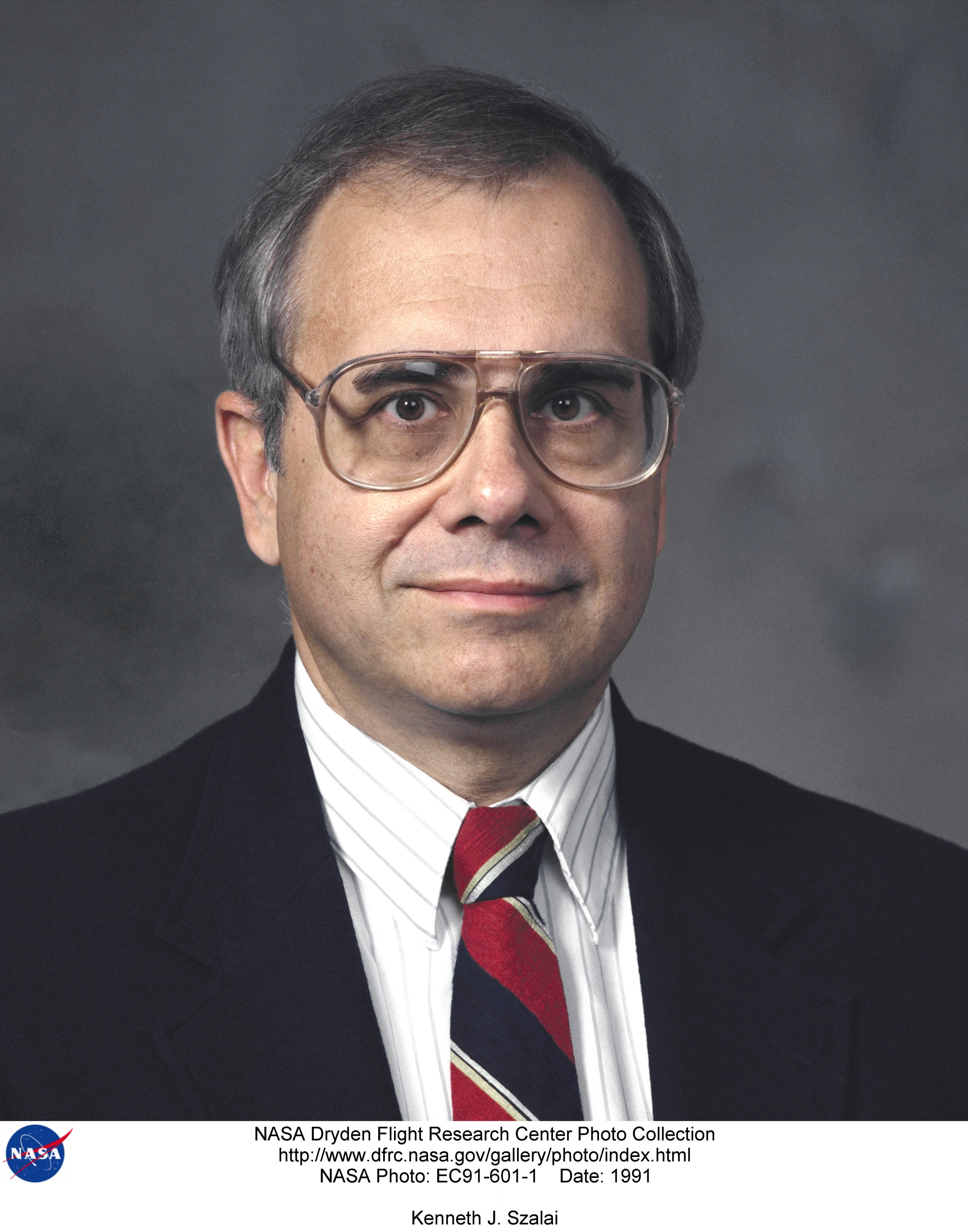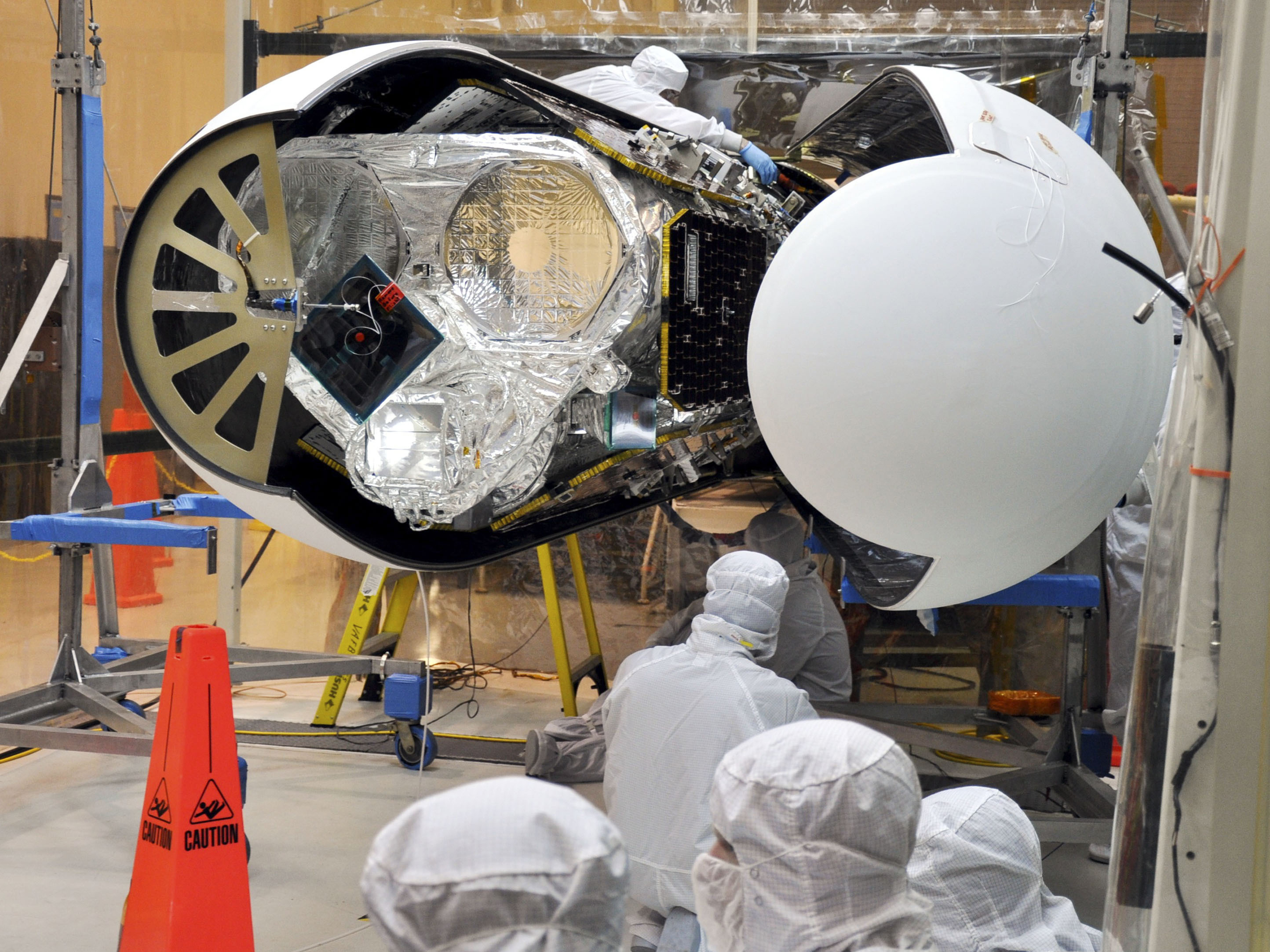Don Cohen, Managing Editor
To accomplish its mission of developing new launch vehicles and manned spacecraft, NASA must excel at learning. We need to learn lessons from the extraordinary technical advances that culminated in the moon landings of the sixties.  We must share what we know effectively within and between projects. And, as we work on programs that will establish our space exploration capabilities for decades to come, we are obliged to make sure that knowledge we are developing now will be available to the engineers, scientists, and managers who will face new challenges in the future. Many of the articles in this issue of ASK consider these learning issues.
We must share what we know effectively within and between projects. And, as we work on programs that will establish our space exploration capabilities for decades to come, we are obliged to make sure that knowledge we are developing now will be available to the engineers, scientists, and managers who will face new challenges in the future. Many of the articles in this issue of ASK consider these learning issues.
In “The Knowledge Notebook,” Laurence Prusak reflects on how much of our knowledge we owe to those who came before us, and Jim Hodges offers a vivid contemporary example of learning from the past in “From Generation to Generation.” The Langley team developing an Ares I-X test vehicle turned to the people who carried out a similar project for the Saturn V in the sixties because documents from that period did not say enough about the how and why of those earlier tests and test results. The retirees who did that work provided detail that brought the documents to life as useful guides to the Ares team.
Dave Lengyel’s update on the Exploration Systems Mission Directorate (ESMD) efforts to capture and share essential knowledge (“Integrating Risk and Knowledge Management”) looks at the same issue in relation to recent and current work. By focusing on knowledge about recognized risks, the ESMD ensures that it is preserving expertise that matters, but the knowledge-based risk team recognizes that without context—the how and why of decisions and technical information—current and future project teams will not be able to put that knowledge to use. They are using case studies, group discussions, wikis, and other approaches to provide that context.
Learning from people who have been there before is indispensable when there are difficult tasks to be accomplished, but much of what they learned and what current team members learn comes from doing the work. Several articles here are about the irreplaceable value of learning by doing. In the interview, Kenneth Szalai talks about what can be learned from flight programs, which he describes as “the truth serum and lie detector of what is possible.” John O’Neill’s history of mission operations (“Plan, Train, and Fly”), Matthew Kohut’s discussion of building a team for in-house development at Glenn, and Alan Thirkettle’s “ESA, NASA, and the International Space Station” highlight knowledge that can only be gained from experience.
How much you learn depends in part on whom you work with. “Mars Science Laboratory: Integrating Science and Engineering Teams” by Ashwin R. Vasavada, “Project Lessons from Code Breakers and Code Makers” by John Emond, and Frank J. Cepollina and Jill McGuire’s “Building a National Capability for On-Orbit Servicing” all argue for the value of bringing together diverse expertise. Colin Angle’s “Leave No Stone Unturned” shows that the new learning we call innovation comes from being open to as many sources of knowledge as possible.
Finally, Ed Hoffman’s “From the APPEL Director” column about attending a Flight Readiness Review makes powerful points about the conditions that make learning and sound decision-making possible. Without trust, openness, inclusiveness, and respect, learning doesn’t happen.







